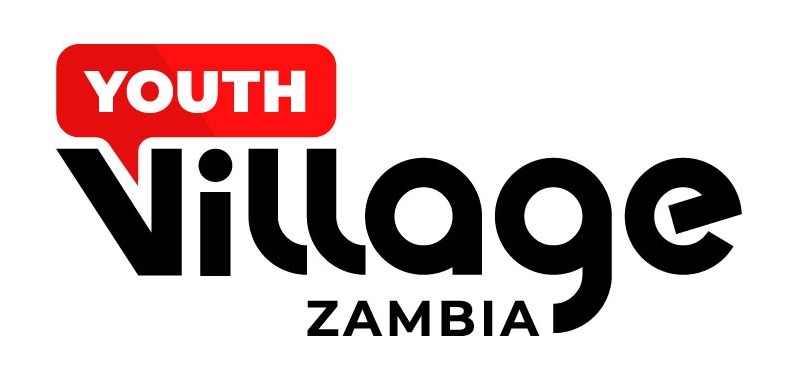Zambia is renowned for its rich mineral resources, particularly copper, which plays a significant role in the country’s economy. As one of the largest copper producers in Africa, Zambia’s copper mining industry has a profound impact on its development and global mineral markets. Here are ten key facts about Zambia’s copper mining industry that highlight its importance and influence.
1. Leading Copper Producer in Africa
Zambia is the second-largest copper producer in Africa, after the Democratic Republic of the Congo. In recent years, the country has consistently produced over 800,000 metric tons of copper annually, contributing significantly to the continent’s overall copper output.
2. Rich Deposits of Copper
The Copperbelt region, which spans the northern part of Zambia and extends into the DRC, is home to some of the world’s richest copper deposits. The geological formations in this area contain high-grade copper ores, making it an attractive location for mining operations.
3. Historical Significance
Copper mining has been a cornerstone of Zambia’s economy since the 1920s when commercial mining began. The industry has undergone various phases of nationalization and privatization, significantly shaping Zambia’s socio-economic landscape and contributing to its development.
4. Economic Impact
The copper mining industry is a major contributor to Zambia’s GDP, accounting for approximately 10% of the country’s economic output. The sector generates substantial revenue for the government through taxes and royalties, which are essential for funding public services and infrastructure development.
5. Employment Opportunities
Copper mining provides employment for tens of thousands of Zambians, directly and indirectly. The industry supports local communities through job creation, skills development, and the provision of various services and goods, fostering economic growth and improving living standards.
6. Foreign Investment
Zambia’s copper mining sector attracts significant foreign direct investment (FDI), with numerous multinational companies operating in the country. These investments have brought advanced mining technology, expertise, and financial resources, contributing to increased production capacity and efficiency.
7. Environmental Challenges
Despite its economic benefits, copper mining poses environmental challenges, including deforestation, soil erosion, and water pollution. The government and mining companies are increasingly focusing on sustainable practices to mitigate these impacts and promote environmental stewardship.
8. Zambia’s Copper Trade
Zambia exports a large percentage of its copper production, primarily to countries like China, the United States, and Switzerland. Copper is one of Zambia’s main export commodities, making it vulnerable to global market fluctuations and demand changes, particularly in the electronics and construction industries.
9. Diversification Efforts
Recognizing the risks of over-reliance on copper, the Zambian government is actively promoting economic diversification. Efforts are underway to develop other sectors, such as agriculture and tourism, while continuing to support the growth and modernization of the mining industry.
10. Future Prospects
The future of Zambia’s copper mining industry looks promising, with ongoing exploration and the potential for new discoveries. Investments in new technologies, infrastructure development, and sustainable practices can enhance productivity and competitiveness, ensuring that copper remains a vital part of Zambia’s economy for years to come.
Zambia’s copper mining industry is a critical component of the nation’s economy, providing significant revenue, employment, and opportunities for growth. While challenges such as environmental concerns and market volatility exist, the potential for sustainable development and diversification continues to drive the industry forward. As Zambia navigates its path, the copper mining sector will remain central to its economic future and global mineral markets.






